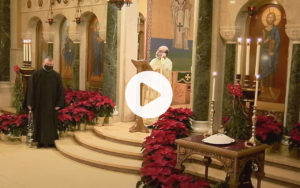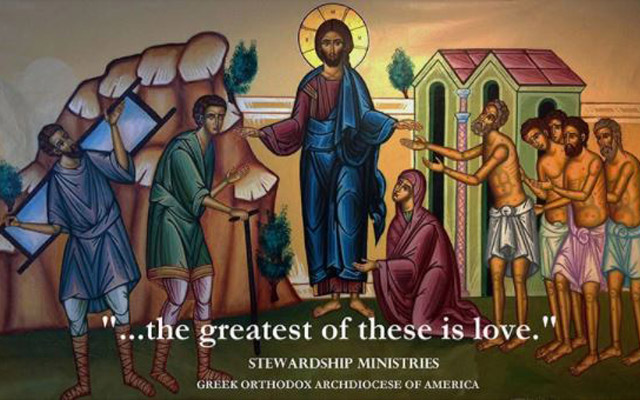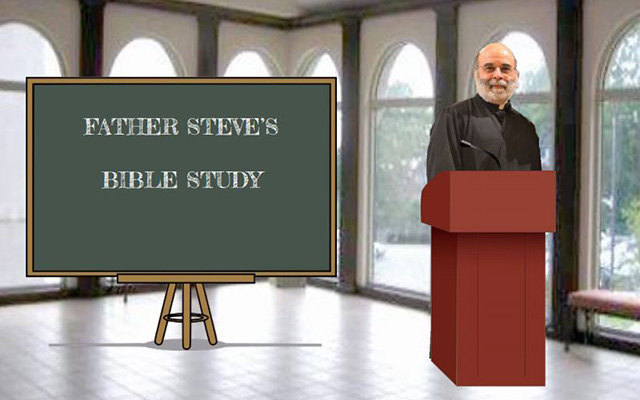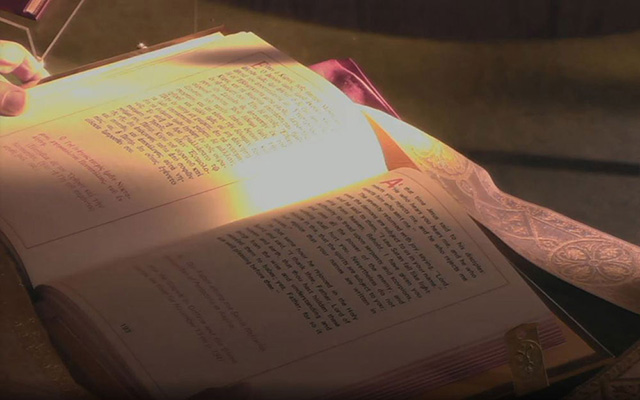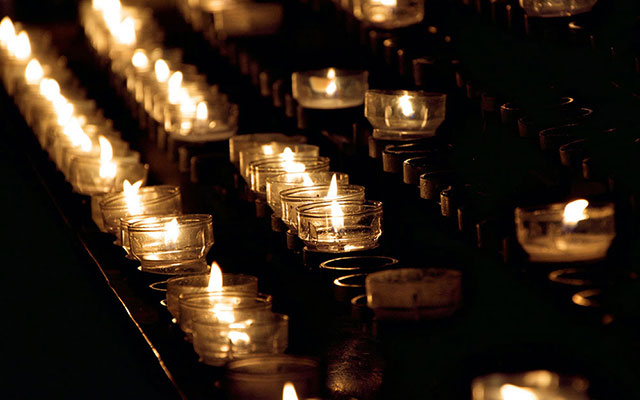Thirty-Fifth Day of Christmas Advent: God Is With Us! (Part I)
The vigil services of Christmas and Epiphany begin with the chanting of great compline, at the heart of which is the solemn singing of the canticle from the prophet Isaiah. God is with us! Understand all nations, And submit yourselves, For God is with us! Hear this, even to the farthest bounds of the earth. Submit yourselves, O mighty ones; If you rise up again in your might, You will be again overthrown. The


